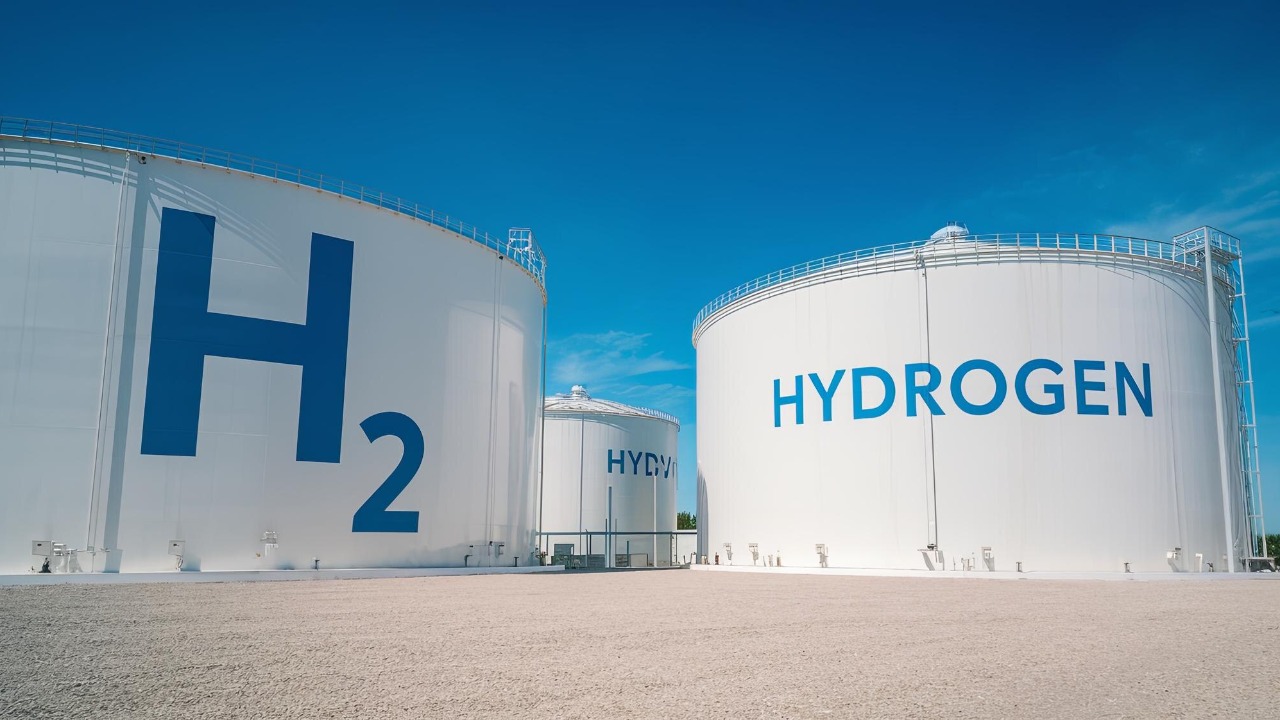
Researchers at the University of Nottingham have made a significant breakthrough in the production of clean hydrogen. They have developed a solar thermal method that operates at an ultrahigh temperature of 5,432°F (3,000°C) to split methane into hydrogen and solid carbon. This innovative process could potentially produce six times more clean hydrogen than conventional steam methane reforming processes.
The Solar Thermal Innovation
The core technology behind this breakthrough is a concentrated solar reactor. This reactor uses a rotating cavity design to achieve and sustain temperatures of 3,000°C. This high temperature enables the thermochemical splitting of methane (CH₄) without the need for water or emissions, as reported by lead researcher Mohammad J. Rahimpour.
One of the key metrics of this process is its efficiency. It yields six times more hydrogen per unit of methane compared to traditional methods. Experimental validation has shown hydrogen production rates up to 1.2 mol H₂ per mol CH₄ at peak efficiency. Furthermore, the carbon byproduct of this process is solid carbon, which is deposited as a high-value graphene-like material. This avoids CO₂ emissions entirely, according to lab tests conducted at the University of Nottingham’s solar reactor facility.
How the Method Achieves Ultrahigh Temperatures
The reactor design is a key factor in achieving these ultrahigh temperatures. The reactor features a quartz-lined cavity with parabolic mirrors that concentrate sunlight to 3,000°C. This prevents material degradation through rapid rotation at 60 rpm, as engineered by the Nottingham team. The thermochemical reaction that occurs is methane pyrolysis (CH₄ → C + 2H₂), which takes place in a CO₂-free environment. The energy input comes solely from solar flux exceeding 2,500 kW/m².
Another important aspect of this technology is its scalability. The prototype reactor, sized at 1 m in diameter, demonstrates the feasibility for industrial upscaling to 10 MW units. This is based on simulations in the October 10, 2023, study.
Comparison to Conventional Hydrogen Production
When compared to conventional hydrogen production methods, the advantages of this new method become clear. Steam methane reforming (SMR), for example, requires temperatures of 800–1,000°C and produces 0.2 mol H₂ per mol CH₄ while emitting 9–12 kg CO₂ per kg H₂. In contrast, the new method eliminates emissions and boosts yield sixfold.
Even when compared to electrolysis alternatives, this method stands out. Water electrolysis at ambient temperatures yields only 1/6 the hydrogen efficiency per energy input, costing $3–8/kg H₂. The solar method, on the other hand, is projected to cost only $1–2/kg. In terms of energy efficiency, the solar process achieves 65% solar-to-hydrogen efficiency, surpassing SMR’s 70–85% but without the dependency on fossil fuels, as quantified in Nottingham’s experimental results.
Environmental and Economic Benefits
There are significant environmental and economic benefits to this new method. It has a zero-emission profile, with no water consumption or greenhouse gases, unlike SMR’s 1.5–2 tons CO₂ per ton H₂. This aligns with the EU’s 2030 hydrogen targets for net-zero emissions. Additionally, the process produces nanostructured carbon, which is worth $100–500/kg for use in batteries or composites. This adds revenue streams not available in traditional reforming.
There are also potential cost savings. The method has the potential to reduce global hydrogen production costs by 40–60% at scale, supporting the UK’s £1 billion hydrogen strategy announced in 2021.
Challenges in Implementation
Despite the promising results, there are challenges in implementing this technology. The current quartz reactors degrade after 100 hours at 3,000°C, requiring advanced ceramics like silicon carbide for longevity beyond 1,000 hours. The solar dependency of the process also limits 24/7 operation, necessitating hybrid storage solutions like molten salt at 565°C for nighttime use.
There are also hurdles in scaling up the technology. The pilot plant in Nottingham requires £5 million in funding to reach 100 kg H₂/day output, with commercialization targeted for 2027.
Future Prospects and Research Directions
The University of Nottingham has plans to expand this technology. They are partnering with Shell for a 1 MW demo plant in 2025, aiming for 10,000 tons H₂/year. The technology could be integrated with fuel cells for heavy transport, potentially decarbonizing 20% of the UK’s industrial sector by 2035.
Co-author Peter King stated in the October 10, 2023, publication, “This could revolutionize clean hydrogen, making it cheaper than fossil alternatives.” This statement underscores the potential impact of this technology on the future of clean energy.
More from MorningOverview